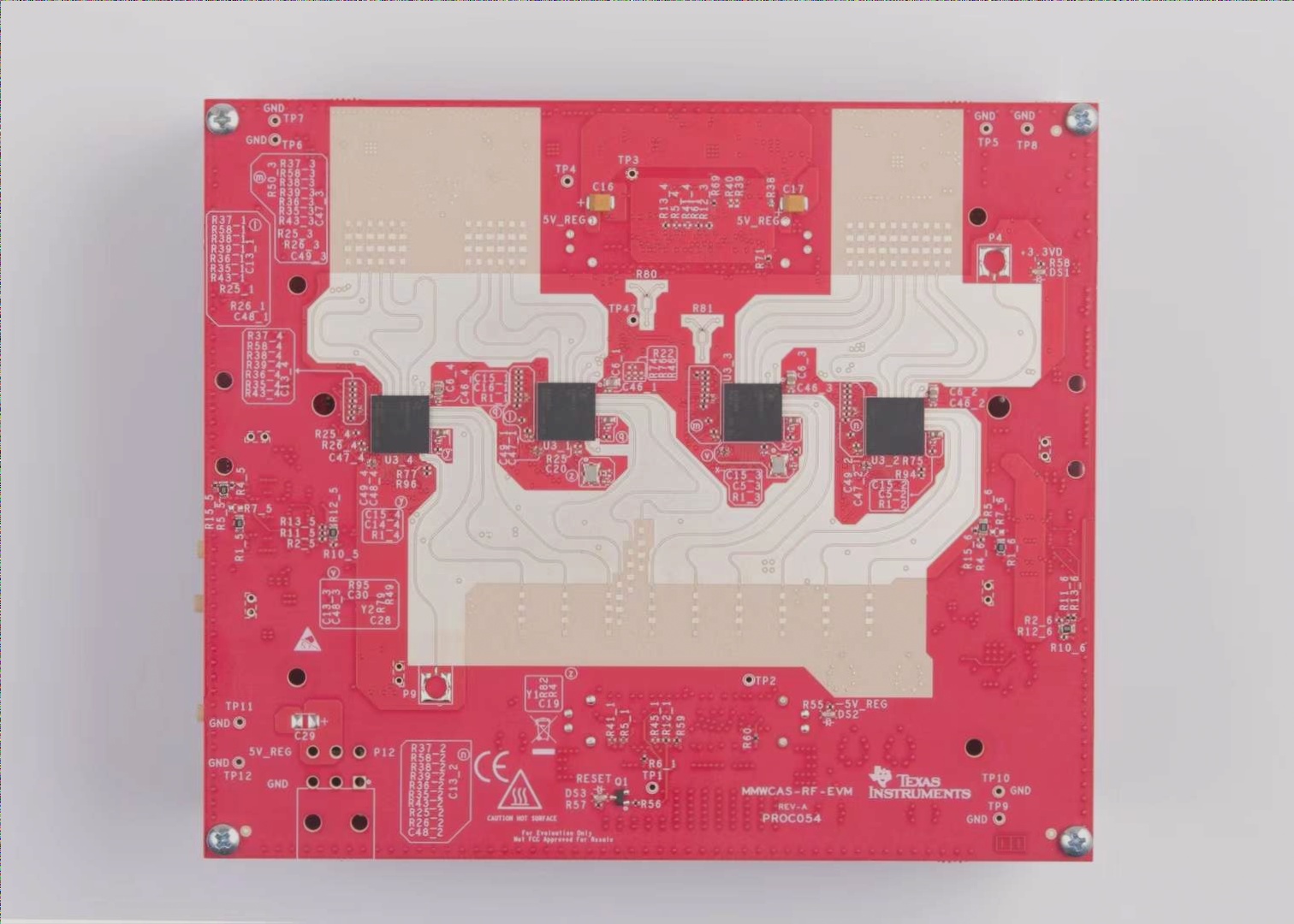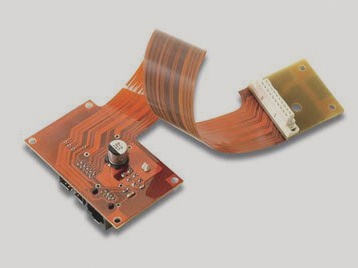Organic Solderability Preservatives (OSP) in PCB Manufacturing
OSP, short for Organic Solderability Preservatives, is a vital component in the production of printed circuit boards (PCBs). Also known as Copper Protector or Preflux, OSP plays a crucial role in preventing moisture, oxidation, and maintaining optimal solderability on the copper surface during the soldering process.
One of the significant advantages of OSP is its excellent surface flatness, which contributes to the high reliability of solder joints. Additionally, OSP offers a relatively simple PCB manufacturing process and is cost-effective, making it a popular choice in the industry.
Latest Developments:
- Continuous advancements in OSP technology have led to improved soldering properties on treated PCBs.
- Enhanced control measures in OSP film thickness, storage conditions, and Surface Mount Technology (SMT) techniques have been implemented to address soldering issues effectively.

Advantages and Disadvantages of OSP:
- OSP surfaces are flat, uniform, and maintain a film thickness of 0.2~0.5um, making them ideal for PCBs with closely spaced SMT components.
- OSP films exhibit excellent thermal shock resistance, suitable for lead-free technologies and single/double panel processing.
- Water-soluble process below 80 degrees Celsius prevents substrate bending and deformation.
- OSP production offers a clean environment, minimal pollution, and is adaptable to automated production lines.
- Relatively simple process, high yield, and cost-effective.
- Drawbacks include susceptibility to scratching due to the thin protective film.
- Repeated high-temperature soldering can lead to OSP film discoloration, cracking, thinning, and oxidation, affecting solderability.
- Variability in syrup formulas can result in inconsistent quality.
Common Issues and Solutions:
Practical production of OSP boards often faces challenges such as surface discoloration, uneven film thickness, and excessive film. Improper storage or usage after production may lead to soldering problems like pad oxidation, poor tin adherence, weak solder joints, and virtual soldering.
Double-sided PCBs in SMT production, especially during second-side reflow soldering, are prone to issues like reflow soldering defects, solder joint leakage, and failure to meet IPC3 standards, resulting in a high tin furnace soldering failure rate.


